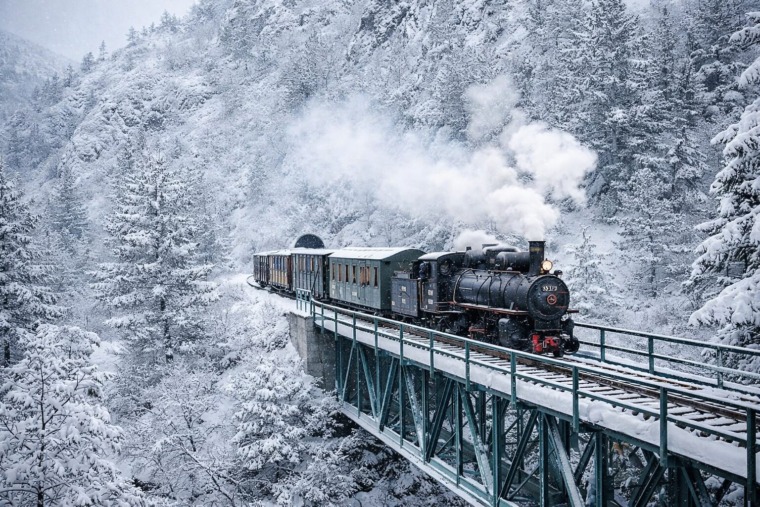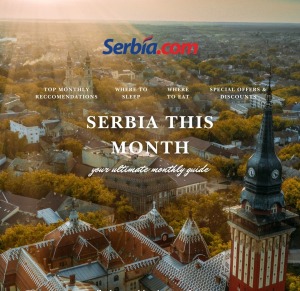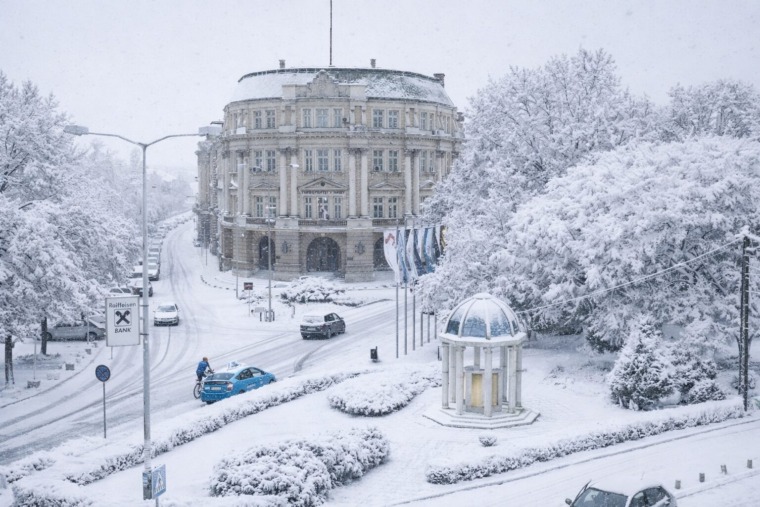
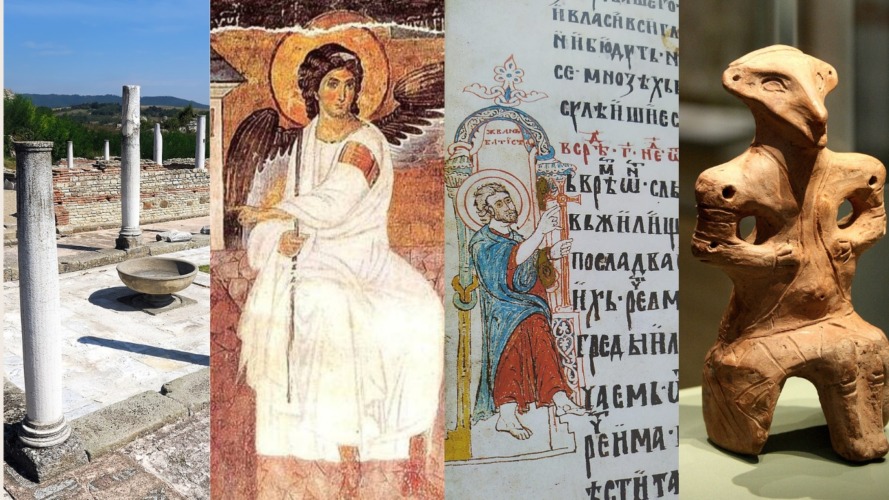
Serbia is home to some of the most precious cultural and historical artifacts in Southeast Europe. From medieval manuscripts and ancient frescoes to prehistoric sculptures and monumental paintings, these treasures are not only national symbols but also recognized as heritage of global significance.
Here’s where you can see them, what makes them special, and why they deserve a place on your cultural itinerary.
1. The Miroslav Gospel (Miroslavljevo jevanđelje)
📍 National Museum of Serbia, Belgrade
The Miroslav Gospel is considered the most valuable and oldest preserved Cyrillic manuscript in Serbia, created in the 12th century for Prince Miroslav of Hum, the brother of Stefan Nemanja. This illuminated manuscript is written in Old Church Slavonic and richly decorated with intricate ornaments and initials in gold, cinnabar, and various colors.


The pages, made from parchment, reflect both Byzantine and Western European influences, making it a unique example of Slavic medieval art. It is inscribed in the UNESCO Memory of the World Register. Visitors can view a facsimile at the National Museum in Belgrade, while the original is preserved under special conditions.
2. The White Angel Fresco
📍 Mileševa Monastery, near Prijepolje
One of the most iconic images in Serbian art, the “White Angel” fresco is a detail from the Resurrection scene painted in the 13th century in Mileševa Monastery. The angel, dressed in white robes, sits at Christ’s tomb pointing to the empty space as a symbol of resurrection.

The fresco is famed for its exceptional elegance, calmness, and spiritual power. It was even transmitted as a signal of peace into space during early satellite broadcasts. The monastery itself is a masterpiece of Raška-style architecture, nestled in the hills of southwestern Serbia.
3. Vinča Figurines – The Mystical Women of Prehistoric Serbia
📍 National Museum of Serbia, Belgrade
Some of the most iconic prehistoric artifacts in Serbia are the enigmatic Vinča figurines—small ceramic statues of stylized female figures dating back over 7,000 years. These figurines, unearthed in the area of Vinča near Belgrade, are thought to represent fertility goddesses, priestesses, or even early symbolic writing systems. Their large almond-shaped eyes, triangular heads, and mysterious posture continue to intrigue archaeologists and visitors alike.
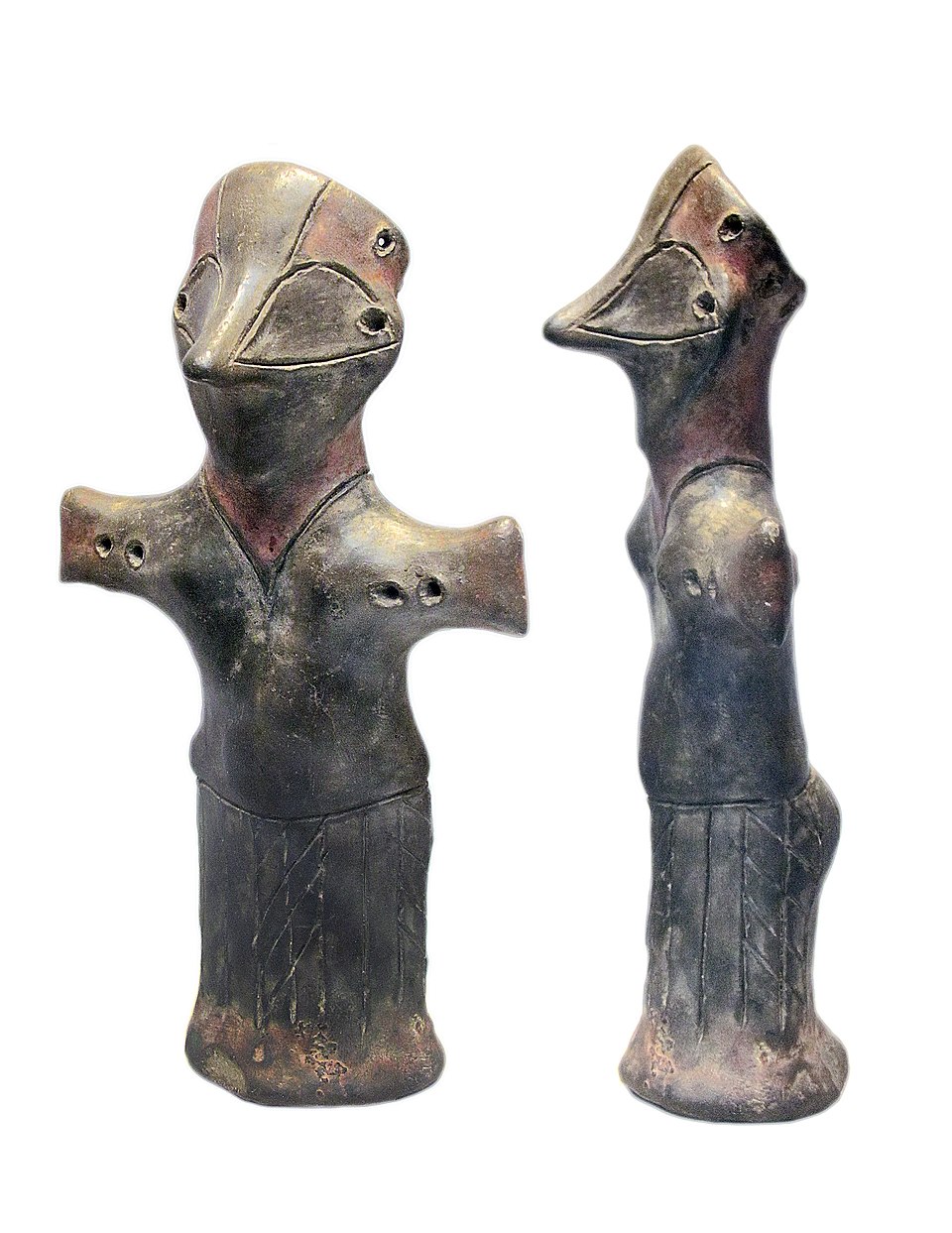
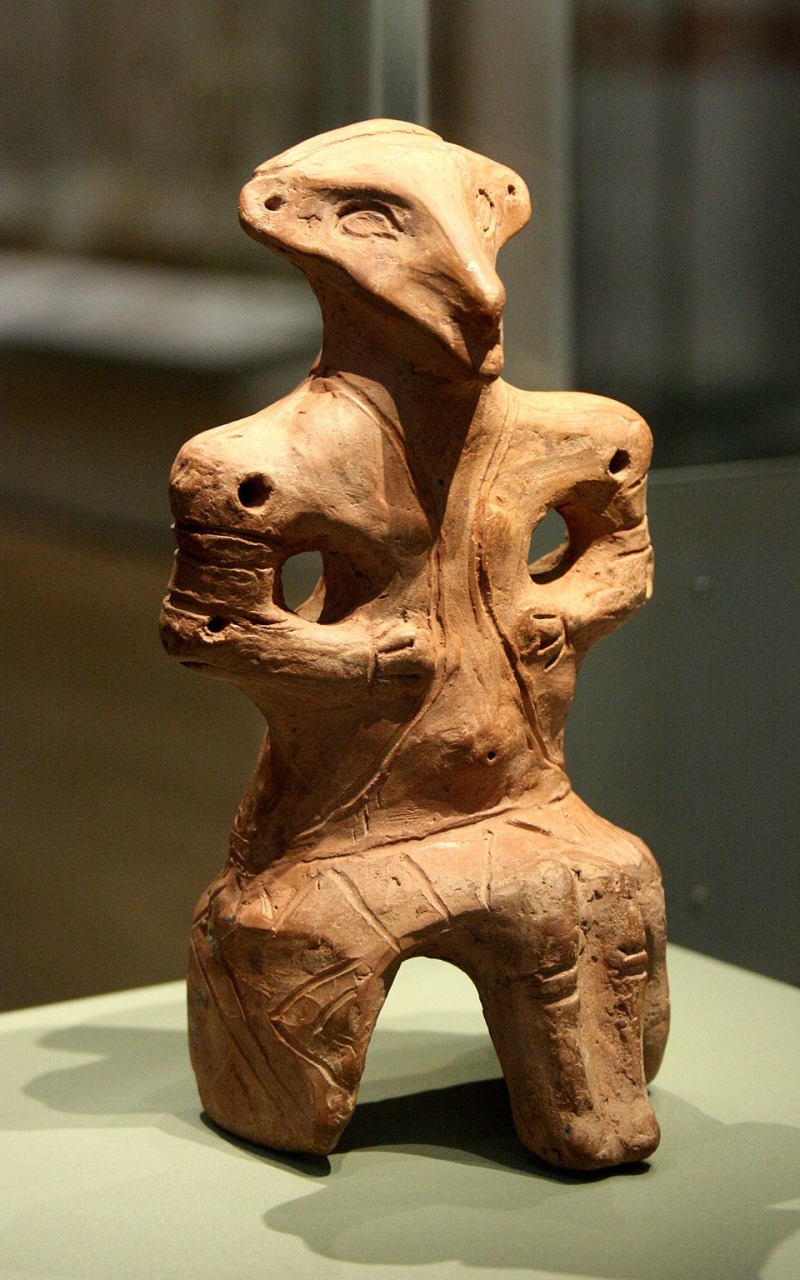

At the National Museum in Belgrade, you can see an outstanding collection of these figurines, considered masterpieces of Neolithic art and key evidence of the advanced Vinča culture. The most famous among them, such as the “Lady of Vinča” or “Goddess on the Throne,” are emblematic symbols of Serbia’s distant past.
4. The Battle of Senta Painting
📍 County Hall (Županija Building), Sombor
Serbia’s largest painting, “The Battle of Senta” by Hungarian artist Ferenc Eisenhut, spans over 40 square meters and dominates the grand hall of the County Hall in Sombor. Completed in 1896 and installed in 1898, the painting commemorates the decisive 1697 victory of the Habsburg army over the Ottoman Empire near the town of Senta.

The dramatic composition, vibrant colors, and emotional expressions bring this historical event to life. The hall itself is a marvel, with an elaborate golden frame surrounding the painting, and richly decorated interiors.
5. Felix Romuliana: Imperial Palace of Galerius
📍 Gamzigrad, near Zaječar
Felix Romuliana, a late Roman imperial palace complex, was built by Emperor Galerius in the 3rd–4th century AD as a monument to his divine mother Romula. The site includes palatial buildings, temples, fortifications, and luxurious mosaics. Among the most impressive finds are the intricately preserved floor mosaics depicting mythological scenes, such as Dionysus and Labors of Hercules.

Bronze busts, coins, and ceremonial items have also been unearthed, shedding light on imperial rituals. Recognized as a UNESCO World Heritage Site, this archaeological treasure invites visitors to walk through the remains of an emperor’s dream.
A Journey Through Time
From prehistoric goddess figurines to the illuminated manuscripts of medieval Serbia, and from majestic Roman palaces to monumental historical paintings—these artifacts are more than museum pieces. They are storytellers of civilizations, guardians of identity, and irreplaceable windows into the soul of a nation.
Related Articles

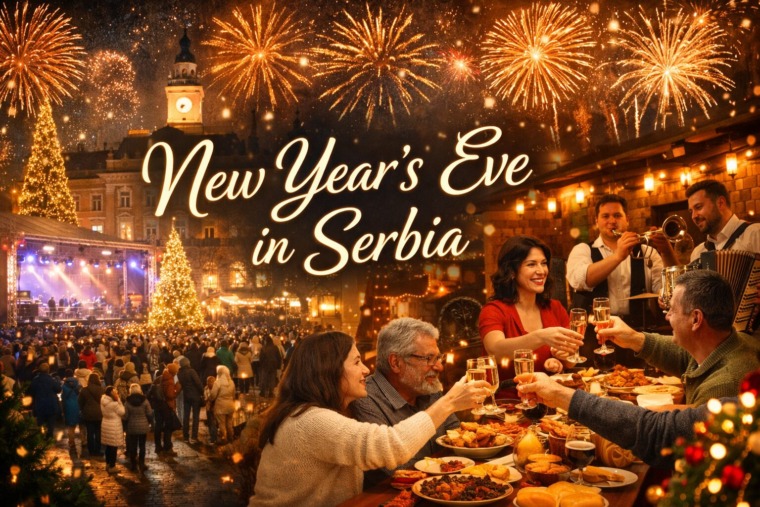
From Fireworks to Family Dinners: New Year’s Eve Across Serbia
December 31, 2025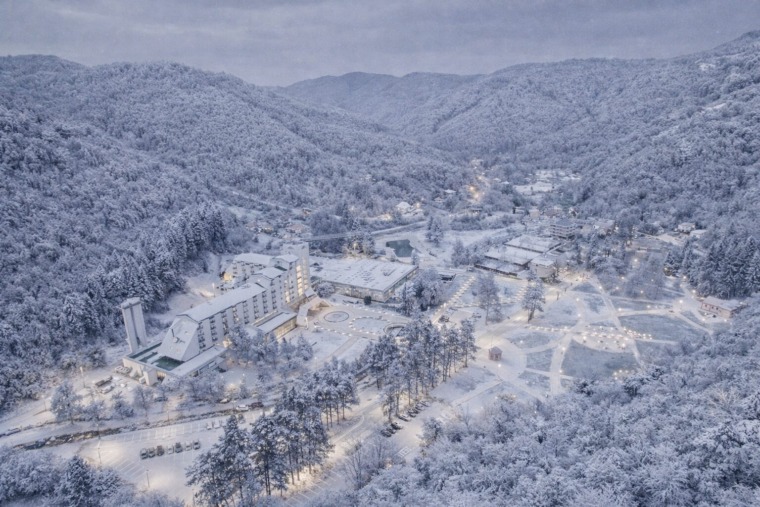
Kuršumlijska Banja: Serbia’s Quiet Winter Spa Escape
December 30, 2025
Novak Đokovic Receives Special Globe Soccer Award in Dubai
December 29, 2025


